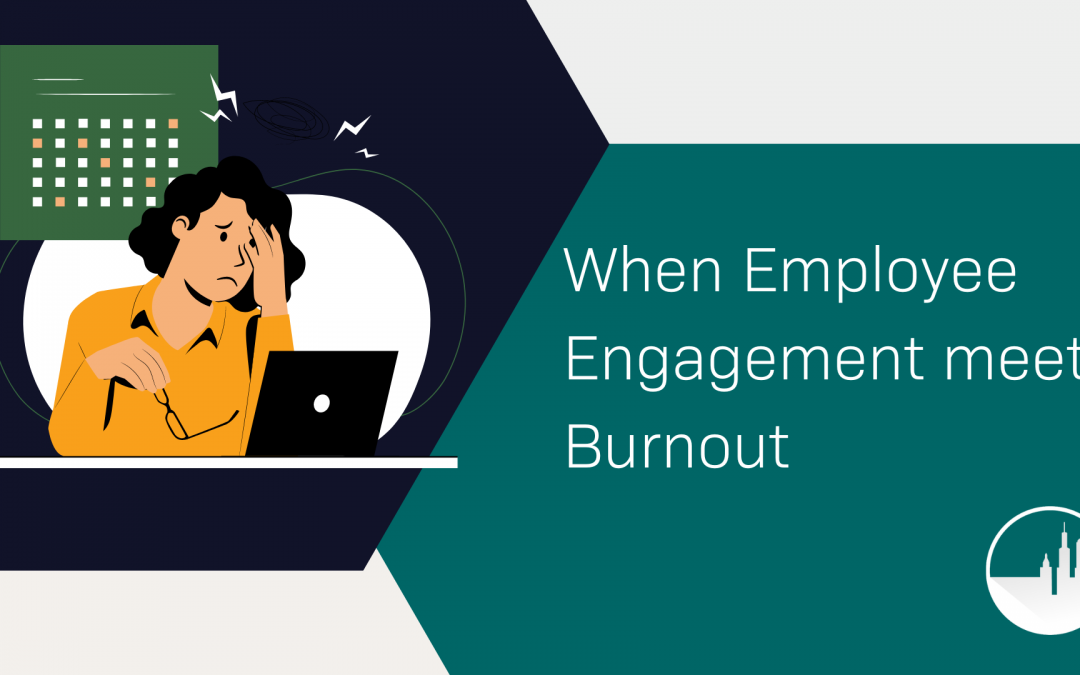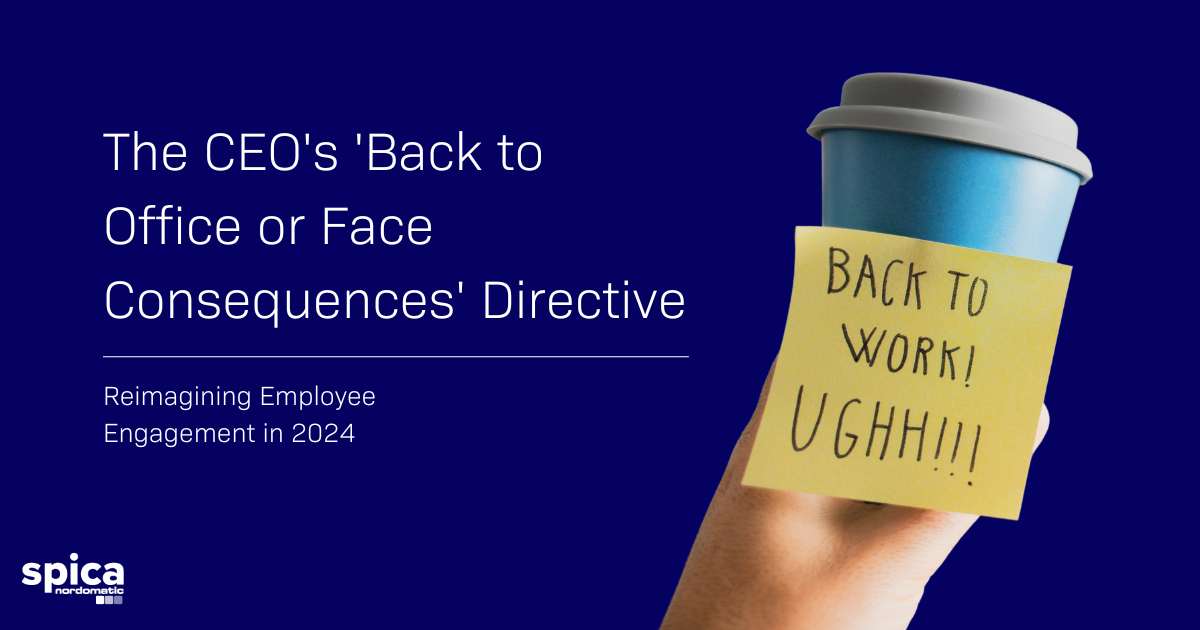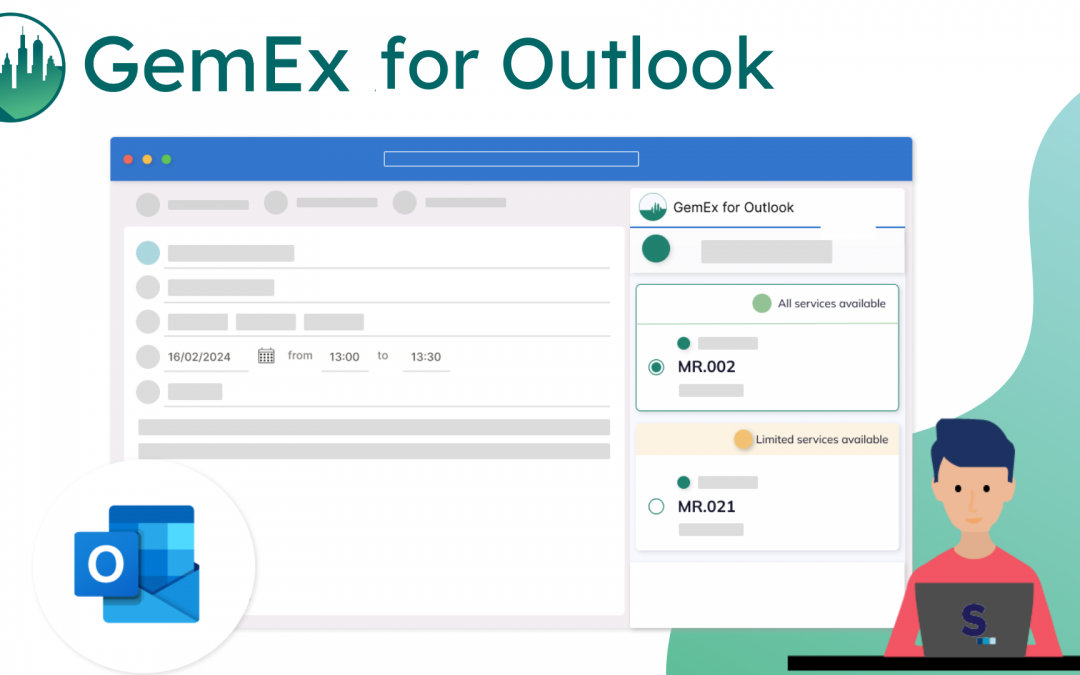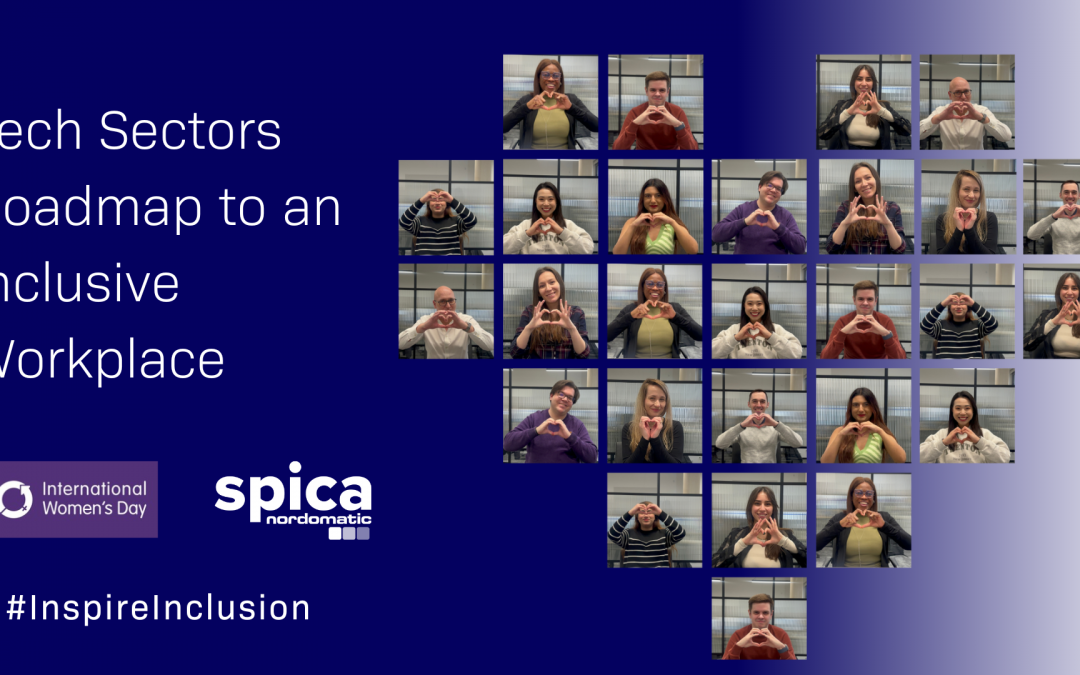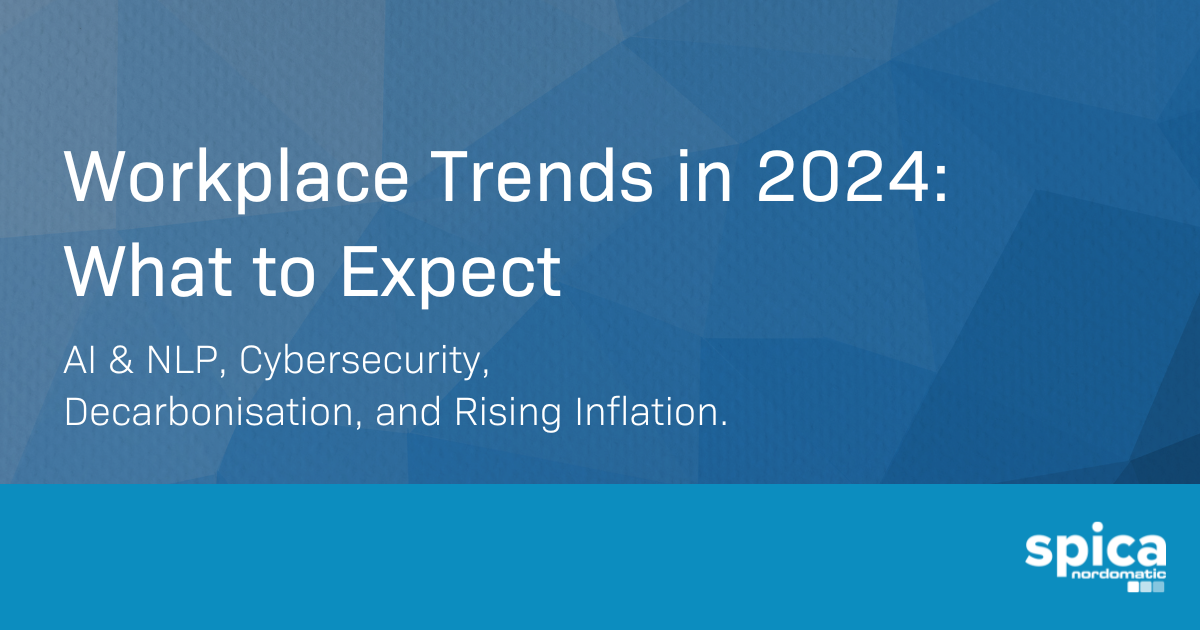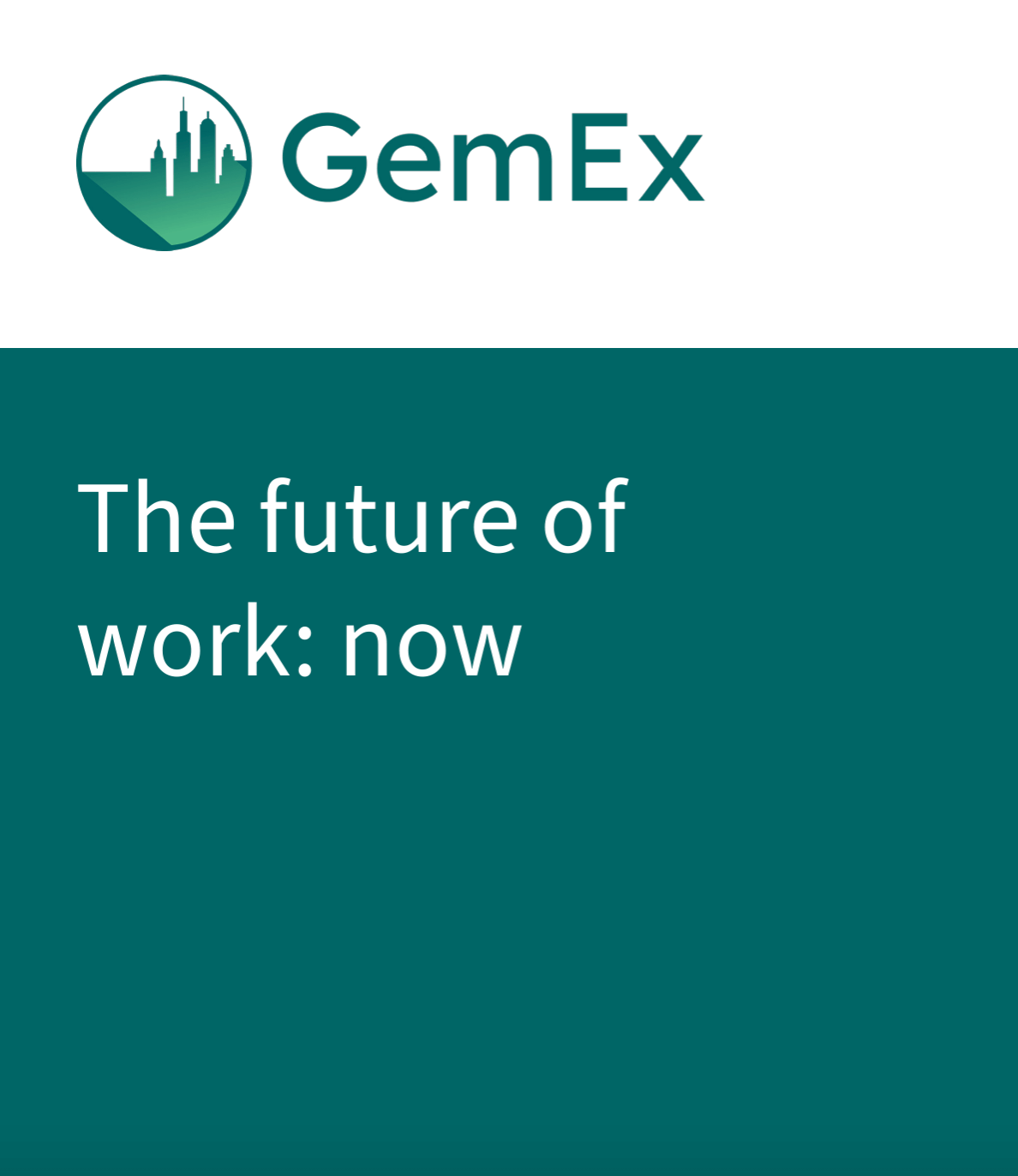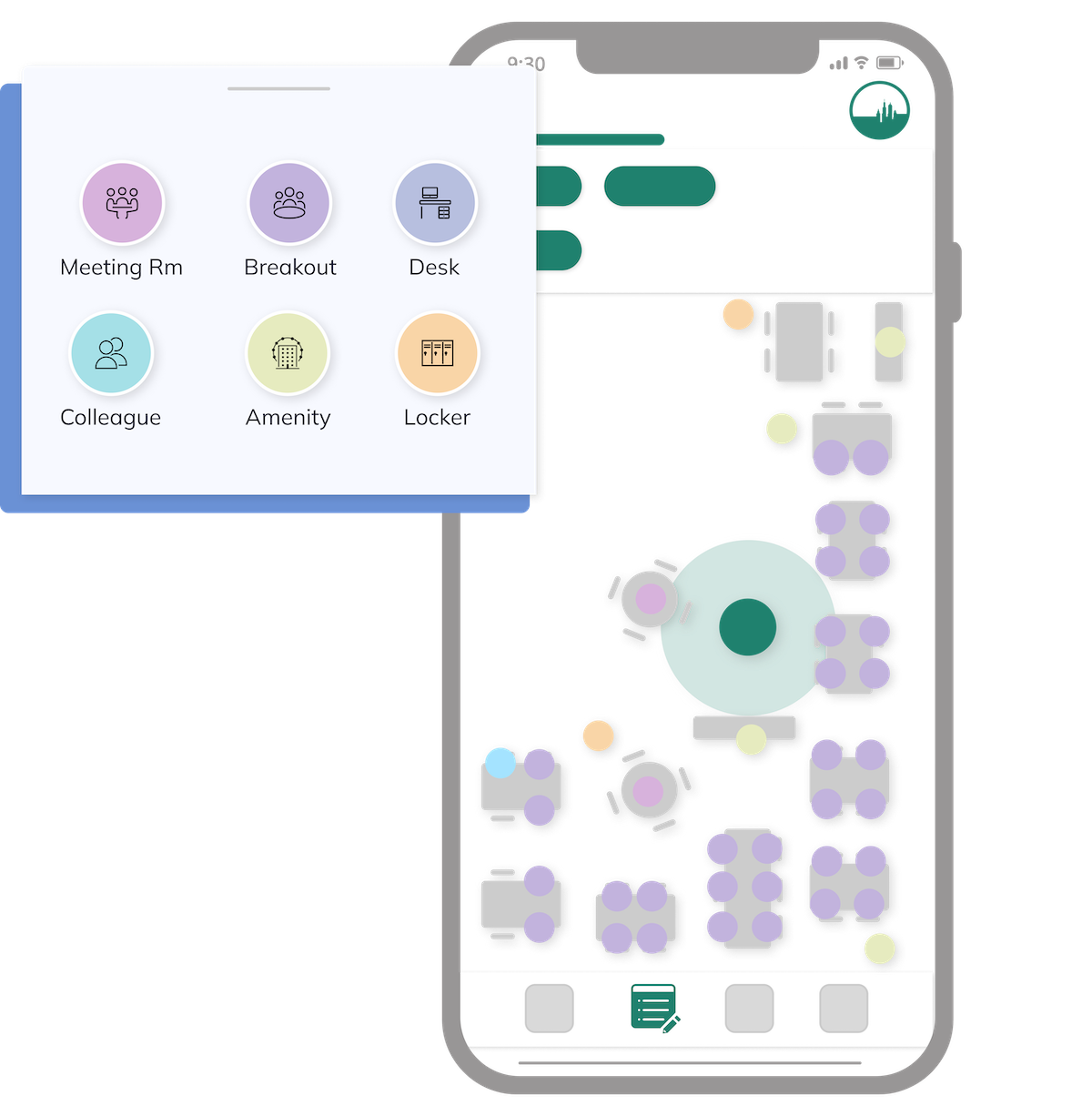What are IoT Sensors?
The story of IoT sensors goes back to 20th century, 1982 to be specific. A group of students attending the Carnegie Mellon University invented the first IoT sensor, with the ARPANET-connected coke machine. In the end they used this to monitor the temperature of the drinks in the machine, as well as checking it was stocked. Cool, right? This might seem bizarre when comparing it to how they are used today, but necessity is the mother of invention.
It wasn’t long after the conception of the internet before an unsuspecting device was connected to it. A toaster, of all things. The creators were able to ‘calibrate the degree of doneness’ by using software to control how the long the power was on. This is considered the first true IoT device.
The application of IoT sensors
The most common use for IoT now is in business, to provide data for a vast number of different tasks. This can vary greatly depending on the sector, but to give you an idea of how widely they are used; 23.1 billion devices have been installed as of 2018, with growth expected to reach 75.4 billion in 2025. IoT offers business more user data than ever before, and it is what is done with this data that can really help improve the workplace experience across differing sectors.
Smart workplaces are a fantastic use of IoT sensors. The ability to control and tailor aspects of your working environment has many positive effects for both employer and employee. Digitally empowering employees can make them more engaged, productive and have a much healthier relationship with their work, which we are all about here at Spica. The knock-on effects of this are things such as higher quality of work, improved team morale and retention of staff. Everybody is happy!
Here are some examples of how specifically IoT sensors can influence the workplace:
- Regulate temperature
- Monitor air quality
- Book meeting rooms
- Monitor footfall and traffic
- Check status of doors and windows
- Locate the equipment you need
- Find the right team to collaborate with
- Energy monitoring
With all of this data being collected, a platform is needed to gain insight and be able to apply it in a practical way.
Where can we find sensors in the workplace?
The healthcare sector has several uses for this technology. The Internet of Medical Things (IOMT) is an application for data collection, analysis for research and monitoring. It is more commonly referred to as Smart Healthcare. It integrates ideas like remote healthcare and emergency notification systems. Aiding in keeping people healthy is a great way of using IoT.
In Agriculture, IoT can be used to collect vital data such as rainfall, wind speed and soil content. These are things that wouldn’t usually cross the mind of someone working in a modern office but can be very helpful to those in this sector. This information would be hard to gather without the use of IoT and can be used to automate farming processes and make informed decisions to increase productivity.
Within the manufacturing industry, IoT has several applications that are very beneficial. Known as the Industrial Internet of Things (IIOT), it can help the production flow in a manufacturing planet, manage inventories and help supply chain management.
In what ways do they impact us?
With IoT becoming part of our everyday life, it is going to become more common to see them used in ways you may not initially expect. Earlier this year the UK government pledged 300,00 CO2 monitors to schools. This is to help ventilation and help to reduce the spread of Covid-19. It is likely that IoT sensors could play a role in this, as there are sensors available that offer that functionality.
A sensor you could end up seeing more of due to this is the Haltian Thingsee Air. It is a small, wireless device that is used to accurately measure the air quality of your building. It also measures CO2 levels, temperature, humidity and ambient light. With the right platform schools could end up using them for much more than just monitoring air quality.
The future of IoT in the workplace
So, what is the takeaway from this? IoT sensors are the building block which smart environments are built upon, and that doesn’t look like it’s going to change anytime soon. With an increase in the demand for smart working environments, to the smart devices which we use in our homes. The most important part of IoT technology is that they can provide information that otherwise would have been hidden. With this data, the user can improve their productivity, work-life balance and quality of life. If it can lead to people being happier and having a healthier relationship with their work, we see that as a win-win situation.




